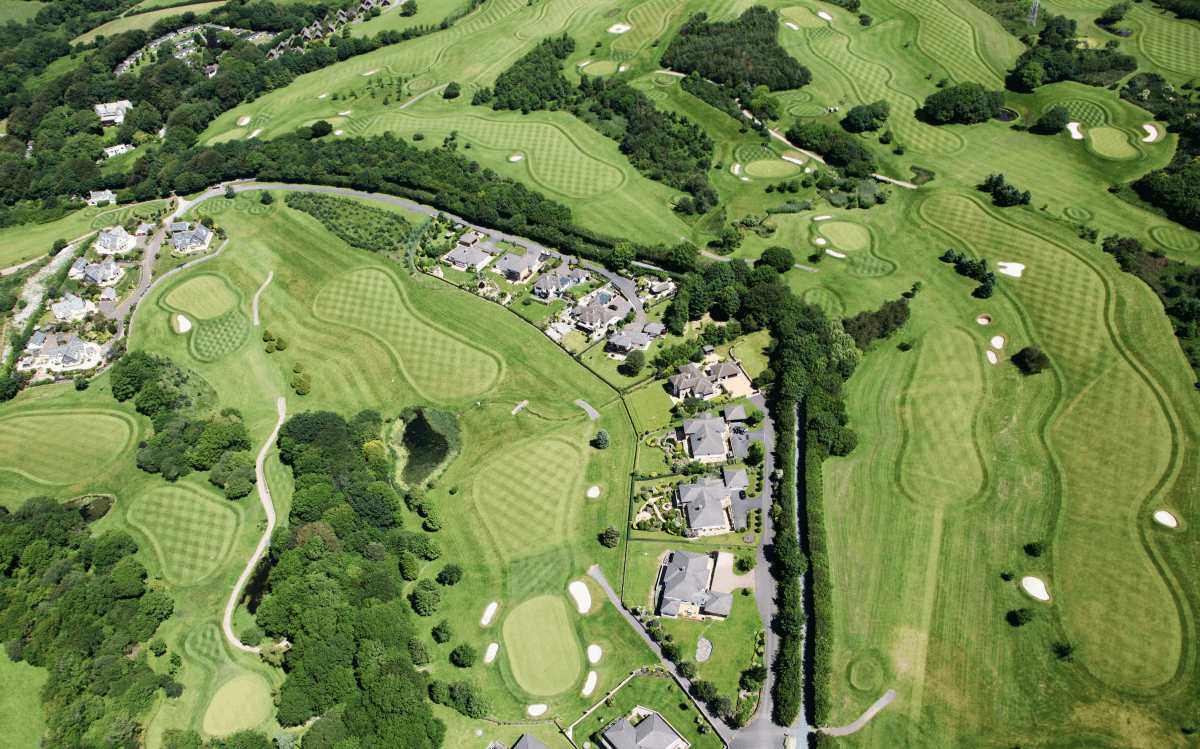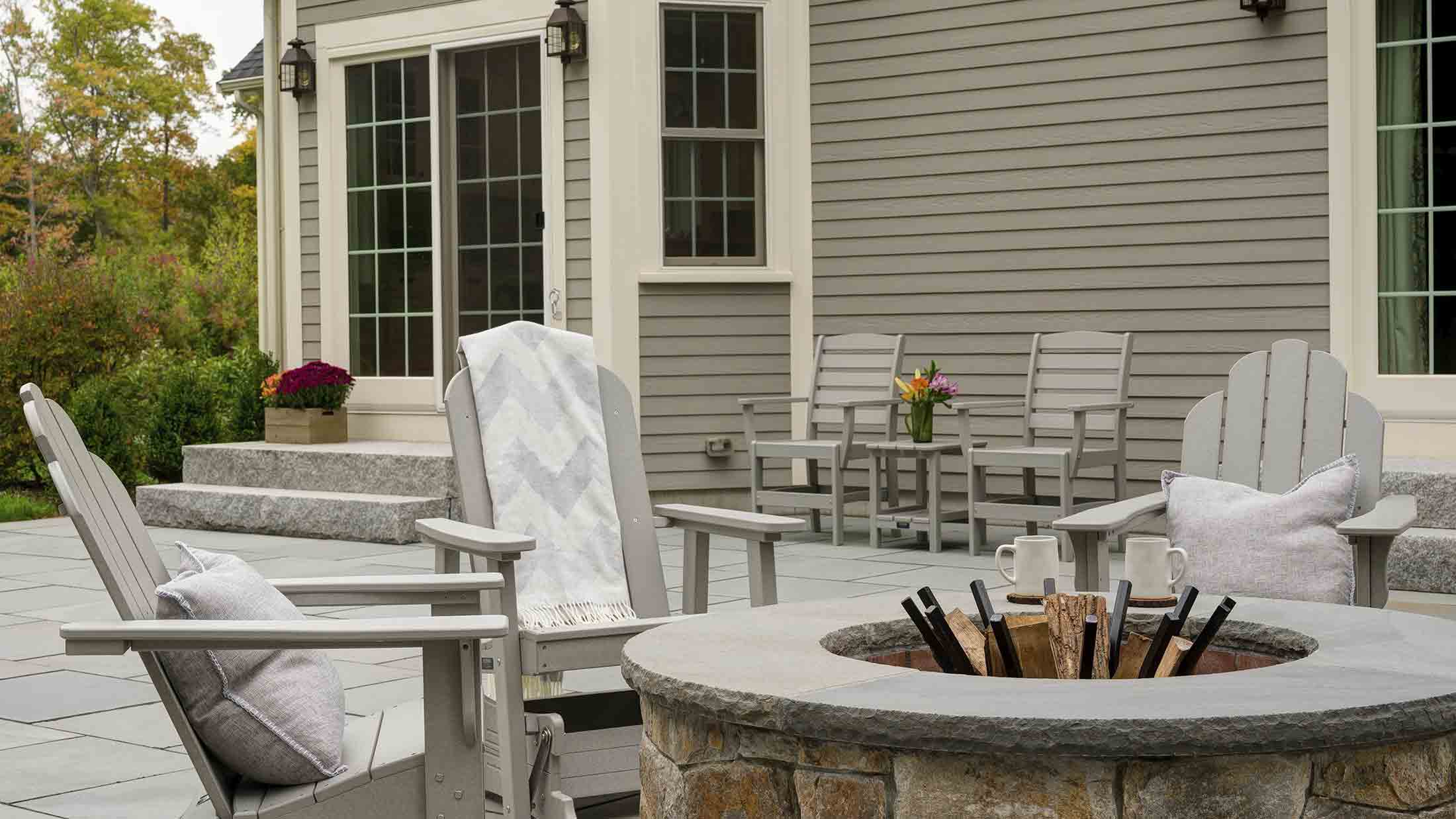Landscapers Fundamentals Explained
Landscapers Fundamentals Explained
Blog Article
Landscapers Fundamentals Explained
Table of ContentsNot known Incorrect Statements About Landscapers Getting My Landscapers To WorkLandscapers Fundamentals ExplainedLittle Known Questions About Landscapers.Fascination About Landscapers
- A tree or shrub (bush) that sheds its fallen leaves in wintertime. In the PNW there are semi-deciduous or semi-evergreen plants that may lose their fallen leaves depending upon exactly how chilly the winter is. Abelia and some hebe are great examples. Landscapers. - A level celebration space, made from timber or composite material (made to look like wood), generally surrounding or connected to a framework.

- Granite that is weathered to the factor that it is a really fine accumulation. This is an all-natural process, and the result can be made use of for paths and patios. Decomposed granite is typically referred to as DG. It is especially beneficial in contemporary landscapes. - Key landscape features being recommended in a landscape style plan.
All About Landscapers
These goals lead the design process, not the designer's style or choices. Usual design objectives in Portland are reduced upkeep, dry spell tolerant, and pet friendly.
Nonetheless, gradually this layer can get very thick and make it challenging for water, sunlight, and nutrients to obtain to sections of the lawn.- The procedure of collecting and managing the circulation of water on a building. This can be finished with grading, French drains, dry wells, permeable surfaces, sump pump, rainfall yards, and a lot more.
Characteristic at the bottom of hills, with natural springs, or loaded with heavy clay have one of the most drainage issues.- A slow-moving feeding irrigation system that uses adaptable tubes and emitters to send out a specific quantity of water to every plant. This is one of the most effective technique of watering plants. - The ability of a plant to endure without much summer season water.
- A yard function where water is represented by an aggregate stone item, usually a crushed rock or granite. These are most generally located in contemporary and Japanese yard layout.- A stone or natural flagstone outdoor patio, course, or sidewalk built without a concrete base. The base would certainly be compressed crushed rock and the joints would be Read More Here an accumulation or walkable ground cover.
The Definitive Guide for Landscapers
- A rock keeping or complimentary standing wall surface constructed without the usage of mortar. - An underground framework that collect water and allows it to slow percolate into the soil around it.
Landscape layout that is suitable with a sites' atmosphere in both appearance and sustainability without negative influences to the atmosphere. Bordering in the landscape is a line of demarcation that produces visual interest in the yard by separating one segment from one more section.
Locations can likewise have a feeling of "unit" supplied by trees, other growings, fences, or displays. The landscape near the entrance to a structure.
A plant that is foreign to the location where it will certainly be planted. Not all "exotics" are intrusive or hazardous, and many can be well acted or drought forgiving (Landscapers). A mass planting of brushes. Thicker bladed turf yard that spread using rhizomes.: The level of dirt on your property prior to bark dust or compost is spread out.
The 15-Second Trick For Landscapers

The purpose, factor, or activity that an area is be landscaped for. Space for expanding plants for watching, eating, or physical activity.
Rock product, either rounded or fractured, that is reasonably little- next typically 1" or less. Low plants that are permitted or motivated to spread over a location. Can describe any type of "hard" yard components consisting of statuary or stones but most frequently is utilized to describe paths, patio areas, and walls.: Elevation difference in between the level of water in a fish pond (or the level of the pump if it rests outside the pond) and the top outlet of water which impacts efficiency of the water pump in gph (gallons per hour). Dense bushes or trees that develop a fencing, display, or boundary.
:max_bytes(150000):strip_icc()/GettyImages-154046398-c39f1daf45a84601b328d78ed8630660.jpg)
Landscapers Fundamentals Explained
Conventional PNW landscapes are informal. A plant that spreads more than desired, or into environments where it does damage.
Smart irrigation controller evaluations and suggestions here. 2-D making of the suggested irrigation system. Can include head positionings and protection, pipe sizing, GPM specifications, and materials needed to mount this system. An irrigation plan is generally unneeded for property buildings yet prevails for commercial tasks. Licensed professional that develops landscapes, educated in engineering and architecture along with in gardening.
Landscape developers commonly have much less schooling than Landscape Architects and are not certified. A finished landscape design, describing all elements for the new landscape.
A water limited HDPE product used beneath fish ponds, streams and waterfalls in water attributes. Making use of many plantings of the exact same range to load in an area in the landscape.
Report this page